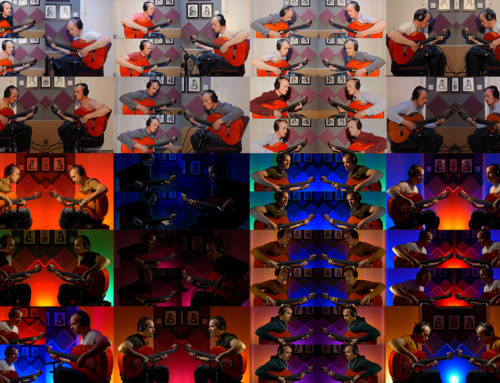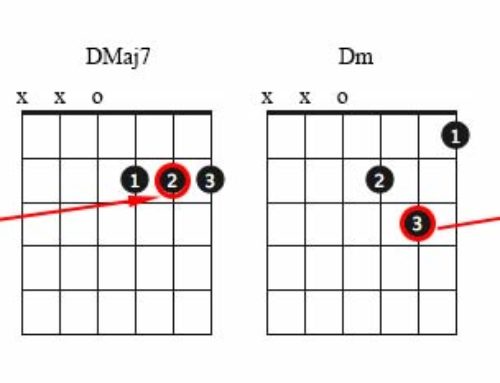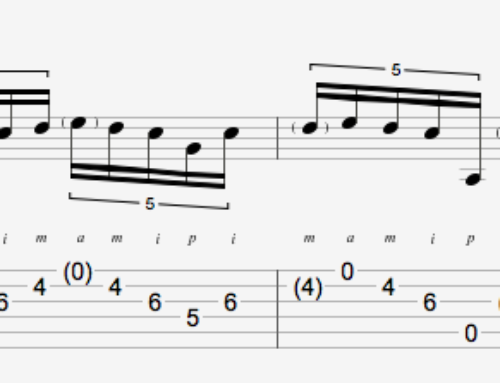Chord Explorations Part 1 – Adjacent Scale Tones
Using adjacent scale tones within chords is an easy and fun way to create dense chord sounds, explore the soundboard and break out of typical chord shapes.
It also is a nice way of opening up the harmonic possibilities of the tried and trusted major scale.
(In later articles we will look at some of the chords that come from this approach using the Harmonic Major Scale & the Melodic Minor Scale)
The 2 adjacent notes when played simultaneously can be quite dissonant but within the context of the chord can be very beautiful (you may find dissonances to be already beautiful, in which case, carry on…;-) )
Sometimes these chords sound best when arpeggiated, bear that in mind.
Here are a two easy ways to explore the idea.
1) Move the adjacent scale tones diatonically for each chord in the key.
In this approach we will move both tones up stepwise within the key for each successive chord.
Let’s say we take the adjacent tones of the 5th & 6th for now.
We’ll start on the I chord and move up one chord at a time in the key of G..
Our chord will contain Root, 3rd, 5th & 6th.
In these examples they are voiced 1st 5th 6th 3rd but you can voice them however you prefer.
In the diagrams below, underneath the chord is written first the notes, then the intervals and finally the tablature fingering.
An arrow is drawn between the 2 adjacent scale tones.
You can do the same for any 2 intervals, ie 2nd & 3rd, 7th & Octave etc..
2) Have the same adjacent scale tones contained in every chord in the key.
In this case we will play in the key of B and choose the 7th and Octave as our adjacent tones.
This time we will keep these 2 notes the same for every chord ie: every chord will contain the adjacent tones of A# and B.
We won’t restrict ourselves to any particular voicing in this case, all we need is Root, 3rd and these 2 notes.
Let’s take a look.
You’ll notice in 3 of the examples below, there are 2 sets of adjacent scale tones.

As you can see in these examples we are taking advantage of the open B string to voice these chords.
We will explore further the use of open strings in chords in a later article.
If you enjoyed this article, please click the like button and share it with you friends using the Facebook & Twitter buttons below!
If you would like to learn in person from me, read about my Guitar Lessons




